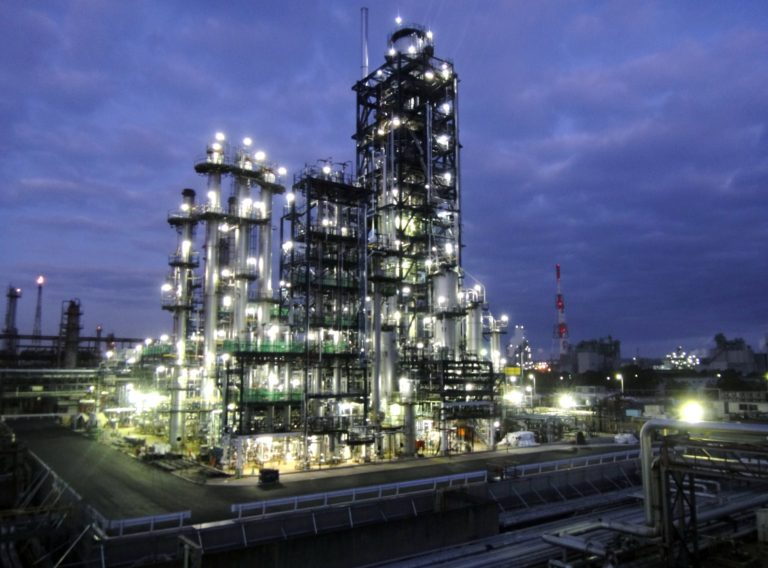
Technologist in Axens’ Middle Distillate and conversion Business Line, within the Process Licencing Business Unit, Nicolas Lambert has been in charge of Fluidized Catalytic Cracking (FCC) technologies since 2010.
When targeting maximum olefins production, a highly selective downflow reaction environment is the best way to produce substantially more light olefins (including propylene) at the same gasoline yield compared to a conventional upflow system. Those parameters boost the propylene yields without sacrificing valuable components to overcracking into less valuable molecules, such as fuel gas components. This downflow circulation requires the use of a Tempest® Separator, a feature specially developed for this process that ensures a quick and efficient separation of cracked hydrocarbons from the catalyst.
Last but not least, the HS-FCC™ is able to process a large spectrum of feedstock, ranging from very light/clean to very heavy/polluted.
First and foremost, Axens is backed by nearly 35 years of experience with the FCC Alliance (Total, IFPEN and Technip Stone & Webster Process Technology).
Second, after years of R&D at JX Nippon Oil & Energy Corp., King Fahd University of Petroleum and Minerals and Aramco, a complete 3,000 BPD HS-FCC semi-commercial unit with a fully independent main fractionator, gas plant, and flue gas treatment has been operating for 3 years in Mizushima, Japan.
This demonstrates the ability of this new technology to operate on various feeds (vacuum gas oil, residue, deasphalted oil…) while reaching the expected high yields of propylene. Moreover, the mechanical resistance and general performance of the Tempest® system was also validated through a series of shutdowns and restarts.

Mizushima unit, Japan
Those were strong elements contributing to Axens’ first two commercial awards, including a world scale unit to be started up circa 2018 at S-Oil’s plant in South Korea.